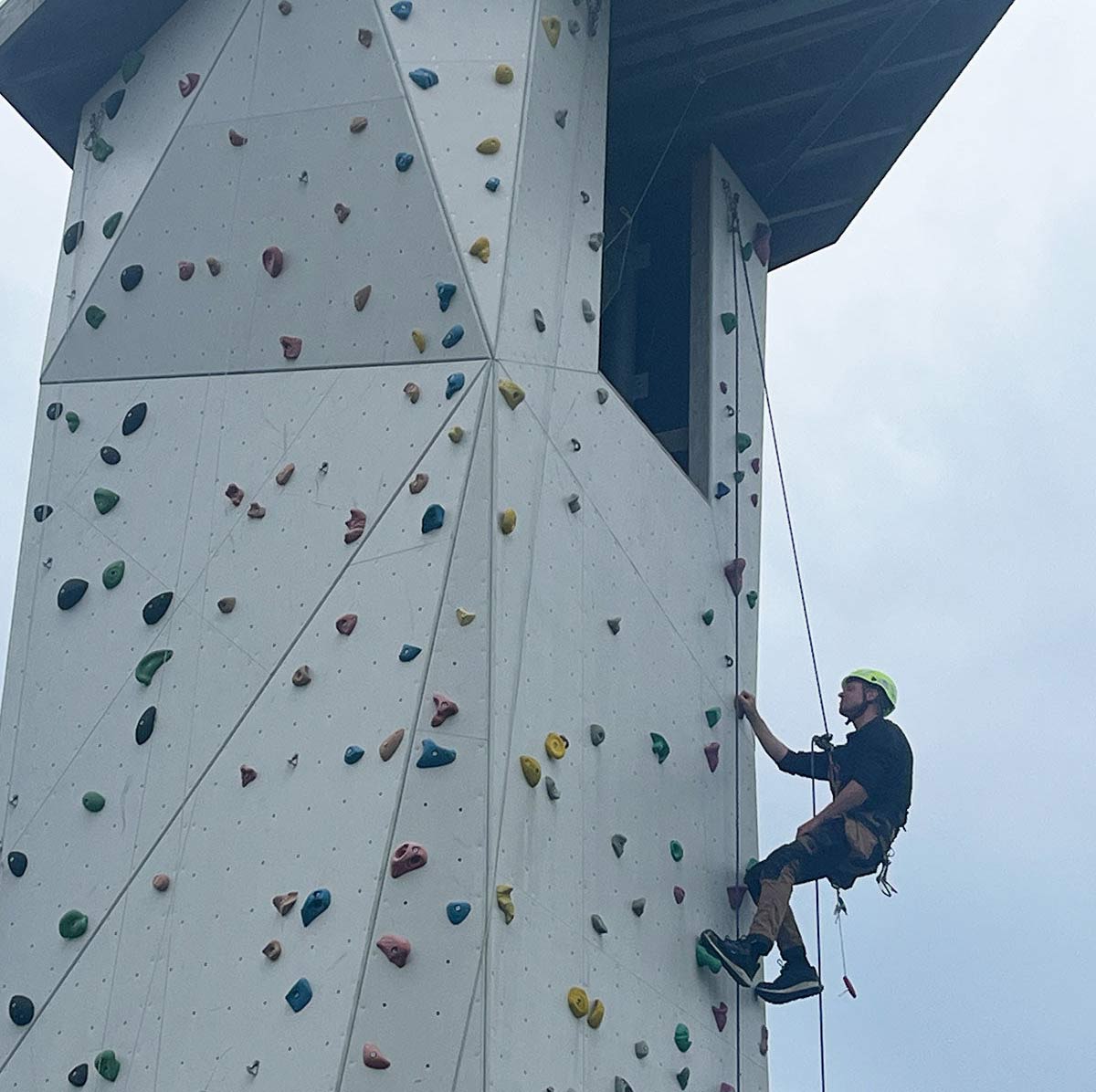FUNDING
Funding a sports climbing facility requires a well-thought-out financial strategy, as it involves significant upfront costs for land, construction, equipment, and potentially ongoing operational expenses. Here are some key steps and options to consider when seeking funding for a sports climbing facility.
By following these steps and considering the various funding options, you can develop a comprehensive strategy to secure the necessary resources to open and operate a successful sports climbing facility.
THE KEY COMPONENTS
Here are the key components that are usually involved in this phase of a climbing wall project:
1. Develop a Comprehensive Business Plan
2. Identify Potential Funding Sources
3. Create a Funding Strategy
4. Prepare a Pitch Deck
5. Engage with Potential Funders
6. Secure Funding and Start Implementation
7. Monitor and Adapt

Sales & Project manager
Nicolai
From outline proposal to an operational facility
7 STEPS TO GET CLIMBING
When you approach Gubbies with your ideas, you get broad-spectrum competence support - we look at your ideas, needs and possibilities as both an architect, climbing expert and project facilitator with many years of experience with all phases from idea to realization.
GET PROFESSIONAL SUPPORT TODAY
